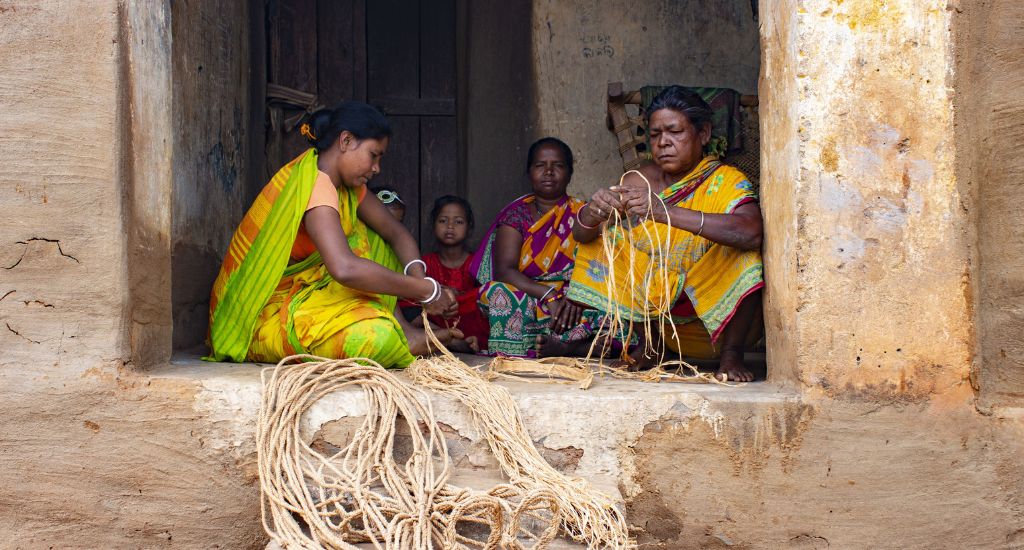
Dying Siali craft keeps Mankidia tribe on the edge
The tribe was displaced from the Similipal forest when it became a national park, which reduced access to the Siali creeper they weave into ropes and baskets.

The tribe was displaced from the Similipal forest when it became a national park, which reduced access to the Siali creeper they weave into ropes and baskets.
A group of Mankidia tribal men sets out before first light for a long walk into the Similipal National Park in the Eastern Ghats range of northern Odisha’s Mayurbhanj district.
They carry machetes, hatchets, and “mandia jau”, a nutritious porridge made of finger millet – their breakfast and lunch. The forest they trek to is kind of creepy. There are patches so thick the sun struggles to peek through the canopy, often blanketed by the bushy, large-leafed Siali (Bauhinia vahlii) creeper that grows around the tall, hardwood Sal trees.
The sun keeps time for the simple Mankidia tribe folks, a “particularly vulnerable tribal group” within the scheduled tribe category of indigenous people. The Mankidias were semi-nomadic hunter-gatherers living off the vast Similipal forest for millennia until they were uprooted from their ancestral land and shifted to settlements along the park’s fringes.
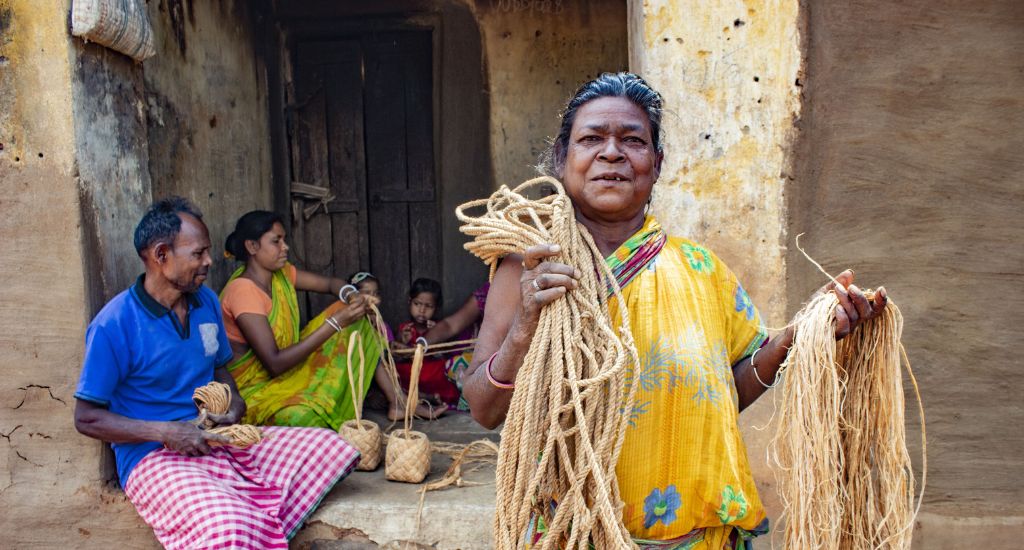
This was done to protect the park’s rich flora and fauna, including the Royal Bengal tiger.
When the sun is directly above the head, the men wrap up and return to their village of Durdura in the foothills of Similipal. They carry back the day’s harvest: bundles of Siali creepers.
The 33 Mankidia households of Durdura use the Siali creepers for various purposes – drawing from knowledge passed down generations. The bark of the climber plant and the fibre it yields are weaved into an array of eco-friendly and durable ropes, baskets, bowls, flower pots, table mats, wall hangings, etc.
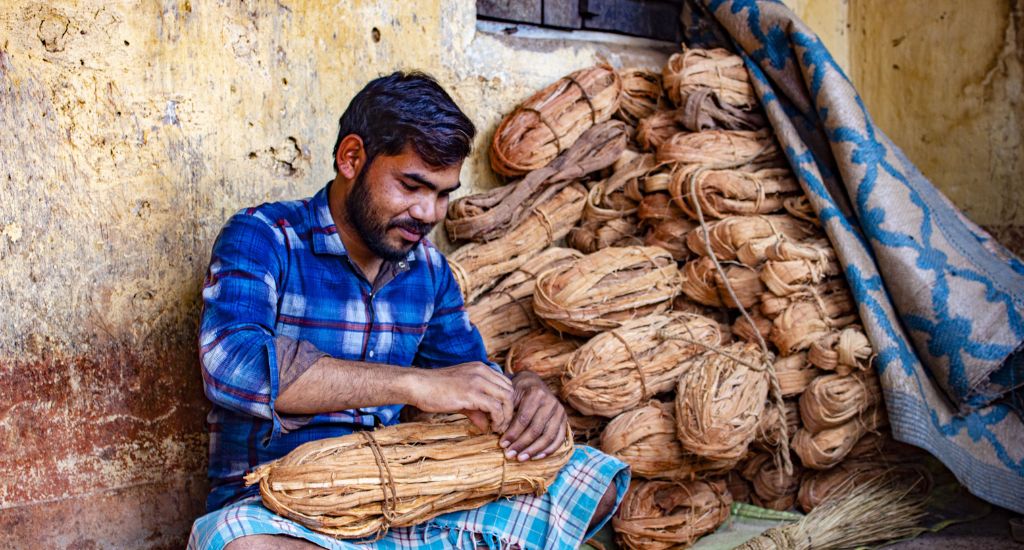
The Mankidia are master weavers of Siali. An entire family is often seen labouring on the ancient handicraft that finds mention in the Mahabharata. Legend has it that god Krishna died on a bed made of Sialilata, “lata” meaning a climber plant.
The Mankidia inventory includes “sika”, a rope to hang earthen pots filled with food from the ceiling; “pagha” to tether cattle; “chheli pagha” and “jauni” to leash goats and cows at harvest time; and a long chord with a vessel tied to one end for drawing water from wells.
There’s “topa”, a utensil used during the extraction of oil by pressing seeds between two wood planks.
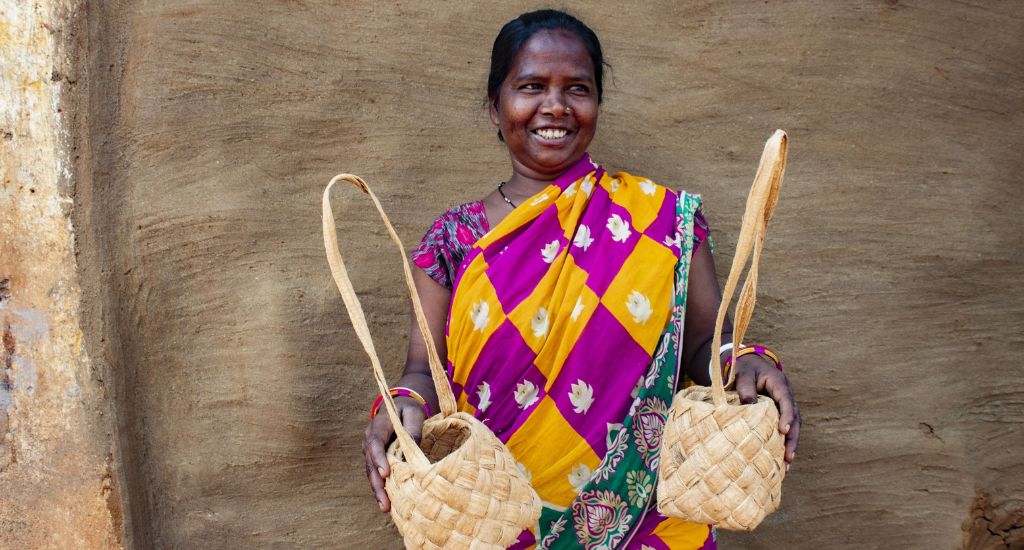
Men and women spend hours making ropes or weaving baskets. They trade their Siali products for provisions in local markets.
“Traders used to visit our village and give us rice, cooking oil, cloths, and utensils in exchange for our products. But the demand for Siali items has reduced,” said Basanti Mankidia, an elderly woman.
Siali craft is the livelihood of the displaced Mankidia people, one of the poorest among tribal groups. But their income has dwindled in recent years because of the proliferation of cheap plastic products, such as ropes, baskets, and pots.
“People pick plastic over Siali,” said Salma Mankidia. “Plastic ropes are attractive, come in different colours and cheap.”
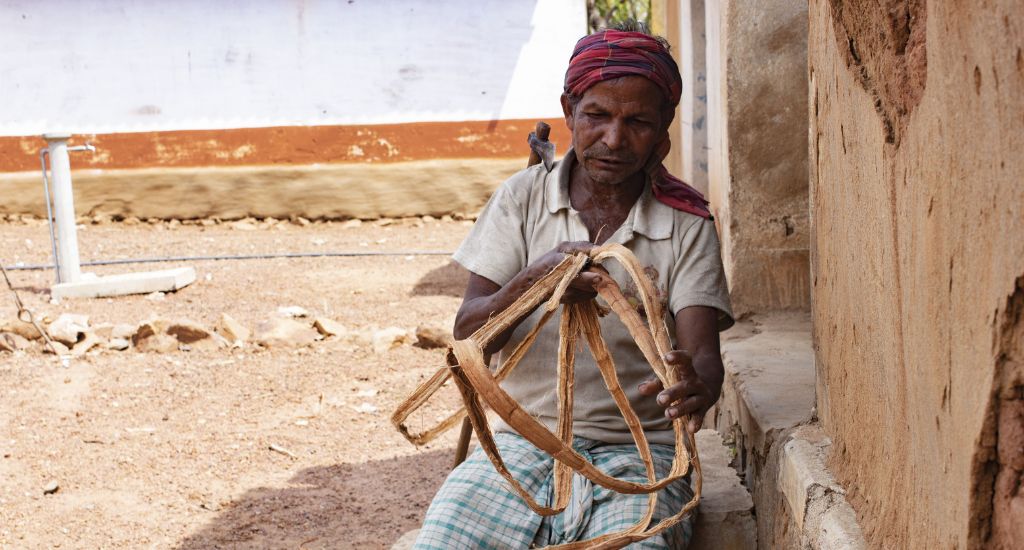
Before plastic flooded the market, she made about Rs 600 a week selling 15-20 bundles of Siali ropes. She hardly manages to sell eight bundles now.
“Aamaro jeevika borbaad kori dela plastic (plastic has destroyed our livelihood),” chipped in Rajamani Mankidia, a mother of three.
People older than 50 easily shared memories of hunting and gathering food in what became the park in 1980. Nothing has been the same since the tribe’s people lost unfettered access to the forest.
In a voice that rang joyfully at the memories, Kamo Mankidia described how he as a boy accompanied his father on trips deep inside the jungle to collect tubers, roots, Siali creepers, honey, wild fruits and berries, mushrooms, and firewood.
“Our forefathers roamed Similipal. But these days, we are not allowed to visit the core area of our forest. Forest guards turn us back,” he said.
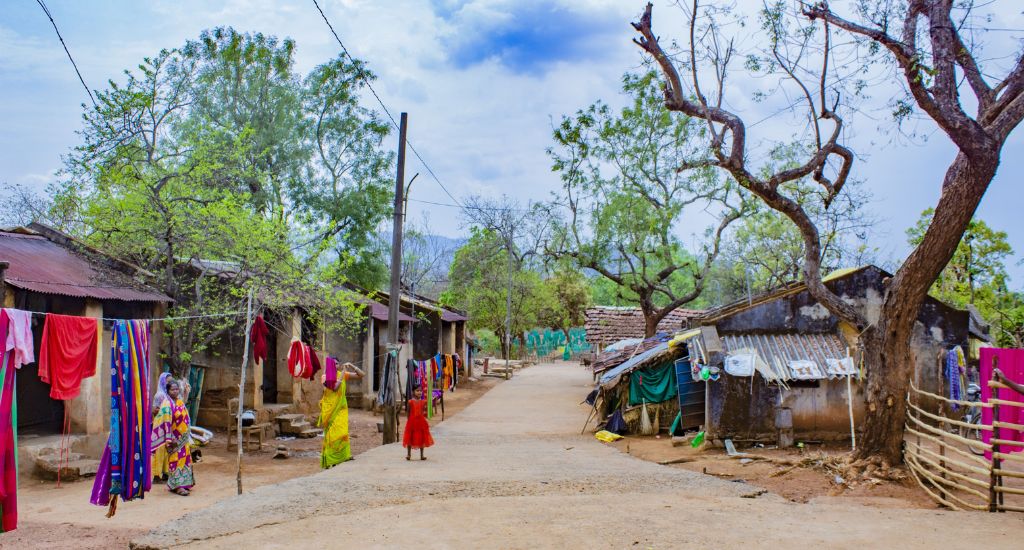
The older tribe folks retained detailed knowledge of the park’s geography, animals, and medicinal plants they said are found only there. They described waterfalls, springs and ravines, and mountains where clouds cling to the treetops.
“But our younger generation hardly knows the forest,” Kamo said. Rajamani held similar views: “It took years to acquire the skills, but our youngsters will not be able to continue the legacy.”
Where there was once self-sufficiency, the fear of hunger now stalks the village. The people have no land to grow crops and can’t go to collect Siali from the jungle’s deep belly where they grow in abundance.
Paltan Mankidia, 24, has a diploma in civil engineering from a college in Bhubaneswar. He is the first from his tribe to get a college education, but he too is dejected.
“I am an educated and jobless. Imagine the plight of Mankidia children who never got any basic education,” he said.
The lead image at the top shows Mankidia women making siali rope at Durdura village in Jashipur block of Mayurbhanj (Photo by Abhijit Mohanty)
Abhijit Mohanty is a journalist based in Bhubaneswar